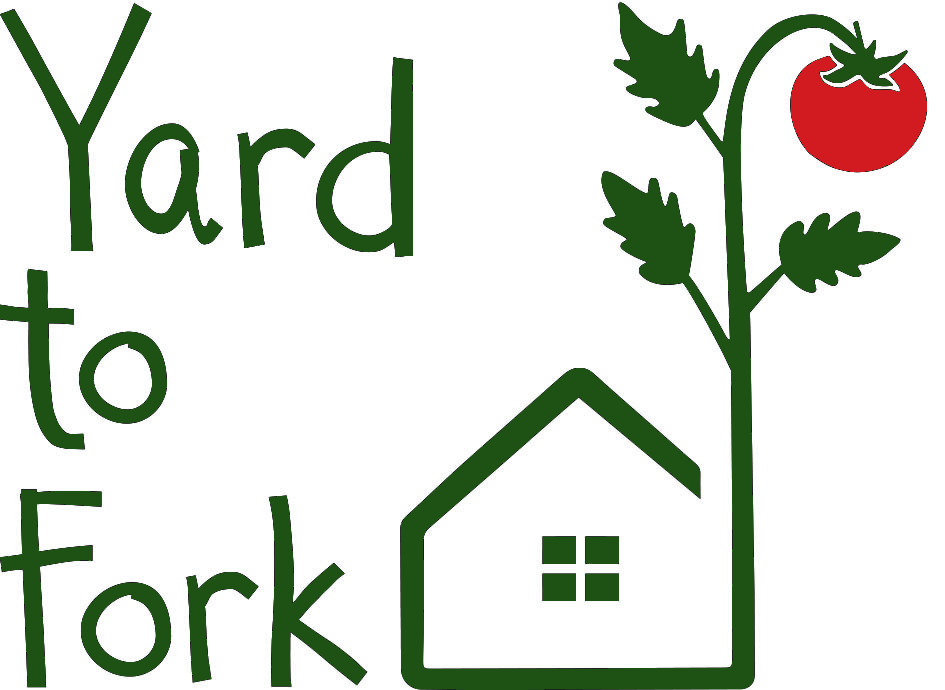Soil Rejuvenation for Spring Planting
/The first thing to consider when preparing to plant a garden, whether in the ground or a raised bed, is the soil. Soil health is the foundation of all garden success, and learning the basic components and how they interact will help inform the adjustments you make before planting season!
There are just as many favored garden soil recipes as there are gardeners; everyone comes to appreciate and use their own tried and true mixes and techniques. Some swear by using their own garden compost as an amendment, while others head down to their local horse stable load up on manure. Regardless, there are some basic requisites for healthy garden soil: it should be well-draining, have a balance of sand, silt, clay and nutrient-rich organic matter, and remain “fluffy,” or loose enough to allow air to fill the gaps in between soil particles.
Well-draining soil allows water to flow freely through its matrix without puddling on the surface, while containing enough organic matter to hold moisture for the roots. If you’ve ever poured water onto pure sand, you’ve seen how quickly it drains. Sand particles are good for garden soil and can aid with drainage, but pure sand won’t work. Likewise, if you’ve ever dug into the ground with a shovel and it made the sides of the hole perfectly smooth, you’ve seen soil very high in clay, which is highly dense and drains slowly. Despite the particles being small, silt and clay has high mineral content and helps hold water. Sand helps with drainage, and organic matter traps moisture like a sponge while allowing water to drain, as well as providing additional nutrients for plant health.
Most topsoil (which includes the native soil in your garden) is largely comprised of minerals (sand, silt and clay), wate, and air. Organic matter in most cases remains a small percentage of topsoil, but additional amendments such as compost or manure can help speed along your Spring plantings as it is high in nitrogen, which is primarily responsible for leafy growth. However, if there is excess nitrogen in the soil, veggies may focus too much on green growth which detracts from flower and fruit development. All of this is to say that adding compost to soil is a good idea, but don’t increase the amount by more than 50% of the total soil makeup. If you decide not to mix in additional organics to the overall soil, you can always add compost to the holes you make when planting seedlings to give them a slight boost.
Loosening soil before planting has been proven to increase plant health and thus vegetable yields, and we at Yard to Fork consider it essential. Water and gravity tend to compress soil over time, which squeezes out the air content (as roots do breathe in this way), makes it harder for water to percolate down, and prevents easy root growth due to increased density. Using a shovel or digging fork, dig down 18 to 24 inches and turn that lower soil up to the surface, which will loosen the soil matrix, increasing drainage and soil aeration. It also helps evenly redistribute nutrients that may have accumulated in pockets. Adding a layer of new garden soil or compost to the surface of the old soil before digging is ideal, as it will churn into the ground and mix evenly throughout. Loosening soil this way also gives you the chance to spot and remove large sicks, rocks, old fibrous roots and any other solid objects that might interfere with the root growth of your veggies.
In the end, the majority of vegetable planting mixes, whether in bags at the nursery or in bulk at a soil center, have taken all of these factors into account and are decent options for amending soil in the ground or filling a raised bed. But not all are created equal, and keeping the above factors in mind when assessing your old soil and considering how to regenerate it for the upcoming season will make your garden that much healthier. Make sure to observe closely, and don’t be afraid to experiment!





